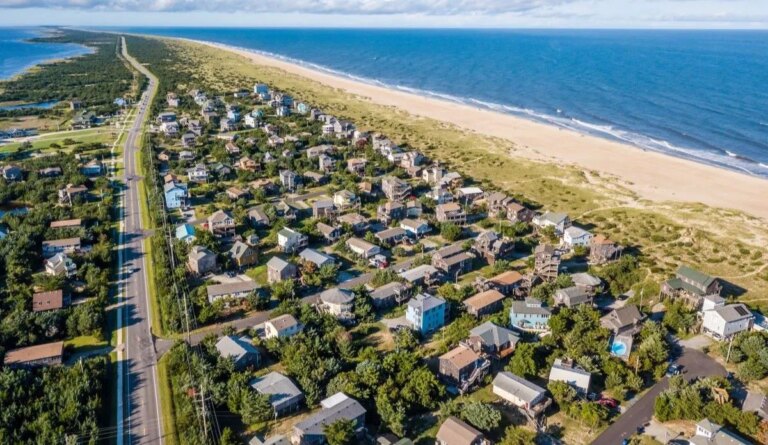Underwater houses
One of the most significant changes in the housing market since the housing crash has been the drastic reduction in the number of distressed homes. The housing bubble crash years of 2008 to 2011 saw a surge in foreclosures due to lack of equity, which also had a profound impact on the demand for housing. Today, the situation has improved dramatically. Consider this: In the fourth quarter of 2010, 23.1% homes were under water. By 2024, that number had dropped to 1.8%the lowest level ever reached. The chart below represents data for the first quarter of 2024.
So not only are there very few homes below the break-even point, but homeowners also have a significant amount of wiggle room to sell their homes. The reason this is so important is that when we have another recession due to job losses, many American households will have some wiggle room to sell their homes and avoid foreclosure. The second positive is that homeowners who have not lost their jobs can sell their homes and use that wiggle room to put a down payment on another home or even pay cash for the next purchase.
Days on the market
One of the problems with the high number of foreclosures and lack of demand in 2011 is that it took more than 100 days to close a deal – a sign of an unhealthy real estate market. National Association of Realtors tracks days on market, and unlike 2011, when it took more than three months, the most recent report on existing home sales shows just 24 days on the market this year.
In 2011, we had more than 3 million Active listings have started the year and today, the NAR’s total active listings data stands at 1,128,000. Traditionally, I would like to see days on market between 30 and 45 days all year. But because we have so few active listings today, even if 2024 is another year of low home sales, days on market are still below 30 days, which means homes that are priced right are selling quickly.
New announcements
The most significant and striking difference between 2011 and 2024 concerns the weekly data on new listings for the peak season. This is probably the second largest gap ever recorded; only 2023 would be lower than this year.
Last week in 2011, 396,955 homes came on the market without a contract. For the same week this year, the number was 70 606 new announcements. The year 2023 recorded the lowest data for new registrations and 2024 appears to be the year with the lowest data for new registrations.
It’s important to understand the context of this difference in new listings. We had a massive credit crisis starting in 2005, which continued from 2006 to 2008, all before the job-loss recession began in 2008. As you can see in the chart below, credit collapsed years before the Great Recession, which is why we had so many new listings at that time. That’s not the case today – I’ve drawn these black lines to illustrate my point.
Of course, it wasn’t just 2011 that saw an explosion of new listings: from 2009 to 2012, the data on new listings was between 250,000 and 400,000. per week, whereas in the last four years we have recorded traffic of 30,000 to 90,000 per week, approximately.
Data on new announcements from last week over the years:
- 2009: 281,734
- 2010: 345 146
- 2011: 396,955
- 2012: 318 041
What a difference a cycle makes!
I could now describe 16 different variables that make 2024 very different from 2011, but let’s keep it simple. The housing market is tough in some ways, but we’re not heading for another 2008.


